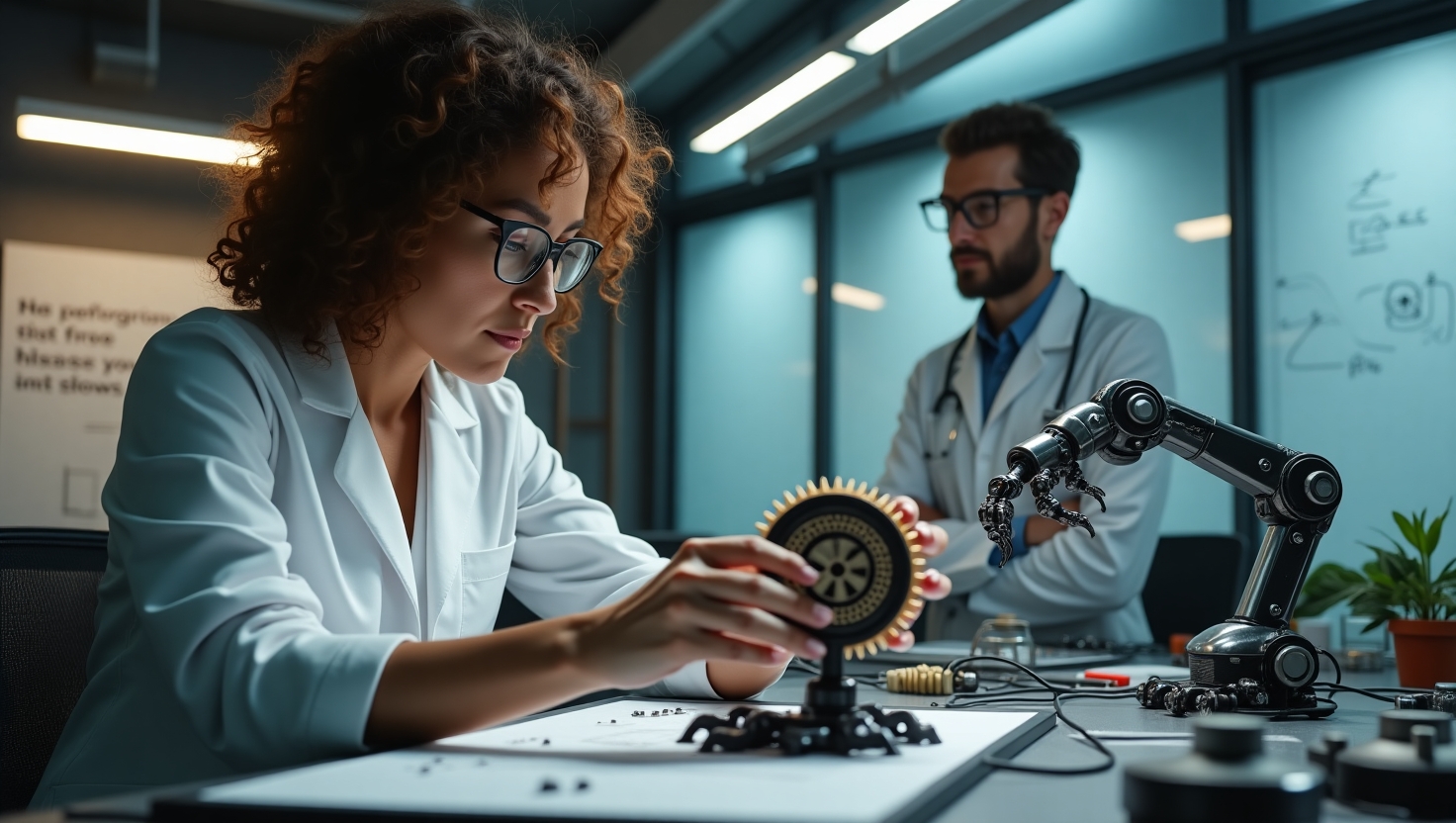Introducing Dex1B: The Game-Changer for Robotics and Hand Manipulation
Introduction
In the evolving world of robotics, the Dex1B dataset emerges as a revolutionary tool aimed at enhancing robotic hand operation. With the advent of technology, machines are gaining physical abilities that mimic human actions, and hand manipulation is at the forefront of these developments. This blog post will explore the significance of Dex1B in improving hand dexterity and shaping the broader landscape of AI in robotics. As a billion-scale dataset, Dex1B represents a quantum leap forward, poised to significantly enhance how machines interact with objects in complex and nuanced ways.
Background
Understanding the development of Dex1B requires a retrospective look at its predecessors. Earlier datasets, such as the DexGraspNet, laid the groundwork by providing structured data for basic hand grasping tasks. However, as robotics technology progresses, there is an increasing necessity for datasets that support more intricate and diverse hand manipulation tasks.
To put it in perspective, think of data as the oil that fuels the engine of artificial intelligence. In machine learning, especially for tasks like robotic manipulation, the quality and quantity of data directly influence outcomes. High-quality datasets ensure that AI models learn effectively and can generalize their knowledge to handle real-world scenarios competently. This necessity has driven innovations like Dex1B, which provides a vast quantity of diverse data that aids in training more sophisticated models of dexterity. As emphasized in a report by researchers at UC San Diego, the breadth and depth of Dex1B’s data significantly surpass those of its forerunners (source).
Trends in Robotics
The rise of AI in robotics is marked by several critical trends. First, the integration of generative models is enhancing the diversity and adaptability of robotic tasks. This shift allows machines to perform a broader range of functions and respond to new, unforeseen challenges in dynamic environments.
Secondly, the adoption of billion-scale datasets like Dex1B is enhancing hand dexterity in robots. This monumental dataset provides a wealth of information that AI systems can leverage to develop more refined and precise manipulation techniques. Moreover, new optimization techniques are emerging, pushing the envelope in terms of performance. They help refine robotic systems to be more efficient and reliable, minimizing errors in mechanical tasks (source).
Insights on Dex1B
A closer examination of the Dex1B dataset reveals key insights into its capabilities and potential implications. This dataset, which comprises one billion high-quality demonstrations, surpasses its predecessors in scale and scope. It integrates advanced optimization techniques with generative models, facilitating sophisticated hand manipulation tasks previously deemed too complex.
Research conducted at UC San Diego highlights the substantial impact of Dex1B on robotic hand operation. For example, by integrating state-of-the-art optimization methods with a diverse array of hand task examples, the Dex1B dataset helps train robots to exhibit superlative dexterity. According to the findings, Dex1B paves the way for advancements in AI-driven robotic applications, enabling machines to handle intricate manipulation tasks with human-like precision and reliability (source).
Forecast for Robotics and Data Utilization
Looking ahead, the implications of the Dex1B dataset on the field of robotics will be profound. Predictions suggest that advancements in robotic hand operation will accelerate due to the enhanced datasets that now serve as the foundation for machine learning strategies.
Future trends include an intensified collaboration between AI technologies and robotics, with diverse datasets playing a pivotal role. As AI models continue to evolve, they will depend increasingly upon datasets like Dex1B to hone their capabilities, promoting innovations that will redefine what robotic systems can achieve. As with any groundbreaking technological advancement, adopting such datasets by industry stakeholders and researchers will be crucial to fully realize the potential benefits.
Call to Action
As we venture deeper into the future of robotics, it becomes imperative for industry stakeholders and researchers to engage with the Dex1B dataset. By familiarizing themselves with its capabilities and leveraging it in their own applications, they stand to pioneer innovative solutions that push the boundaries of what’s currently possible in robotic manipulation. For those interested in diving deeper, I recommend reviewing the comprehensive study from UC San Diego, which sheds light on the transformative attributes of Dex1B and offers guidance for utilizing the dataset effectively (source).
For additional insights, check out related articles that delve into the nuances of high-quality data for dexterous hand manipulation, the role of generative models in enhancing dataset diversity, and the emergence of new techniques that are essential for improving robotic hand performance.
Related Articles:
– UC San Diego researchers have developed Dex1B, a billion-scale dataset aimed at enhancing dexterous hand manipulation in robotics. This dataset consists of diverse demonstrations for various hand tasks, combining optimization techniques with generative models, significantly improving upon previous datasets like DexGraspNet.
By engaging with these resources, we can collectively embark on an exciting journey toward a future where robots exhibit unparalleled dexterity and operational efficiency.
